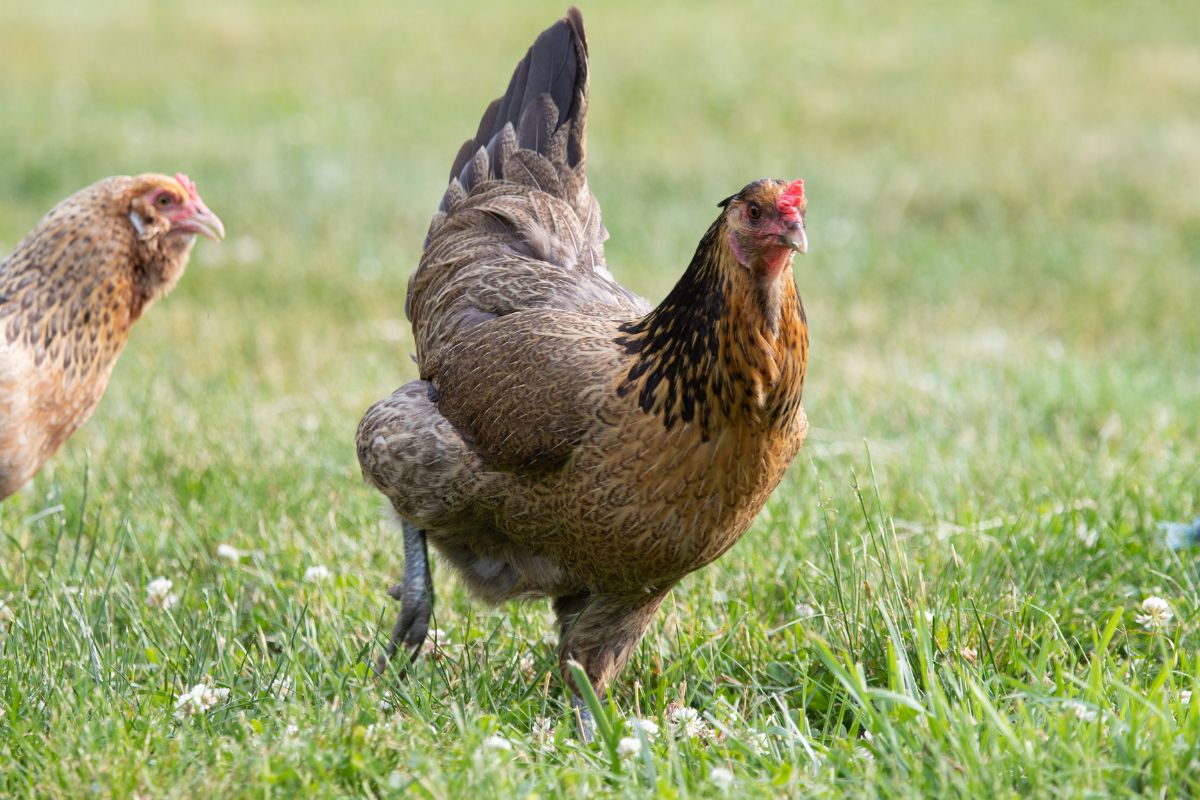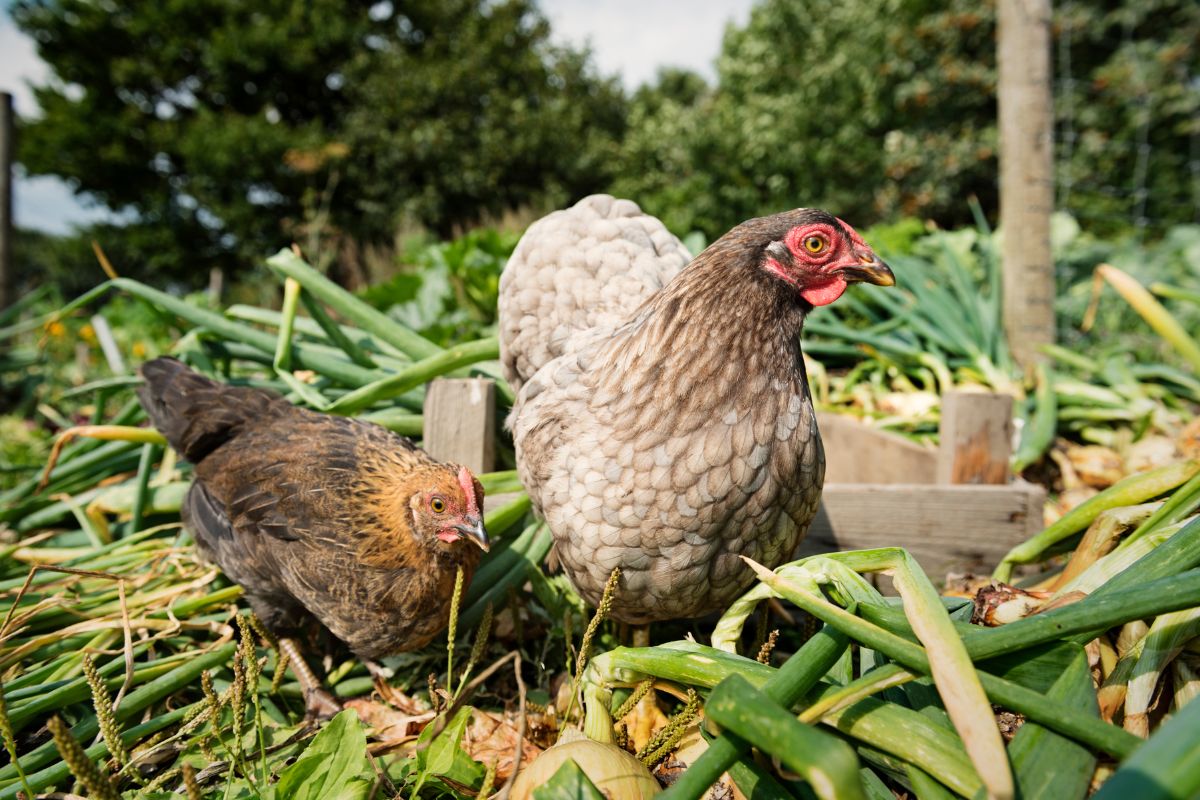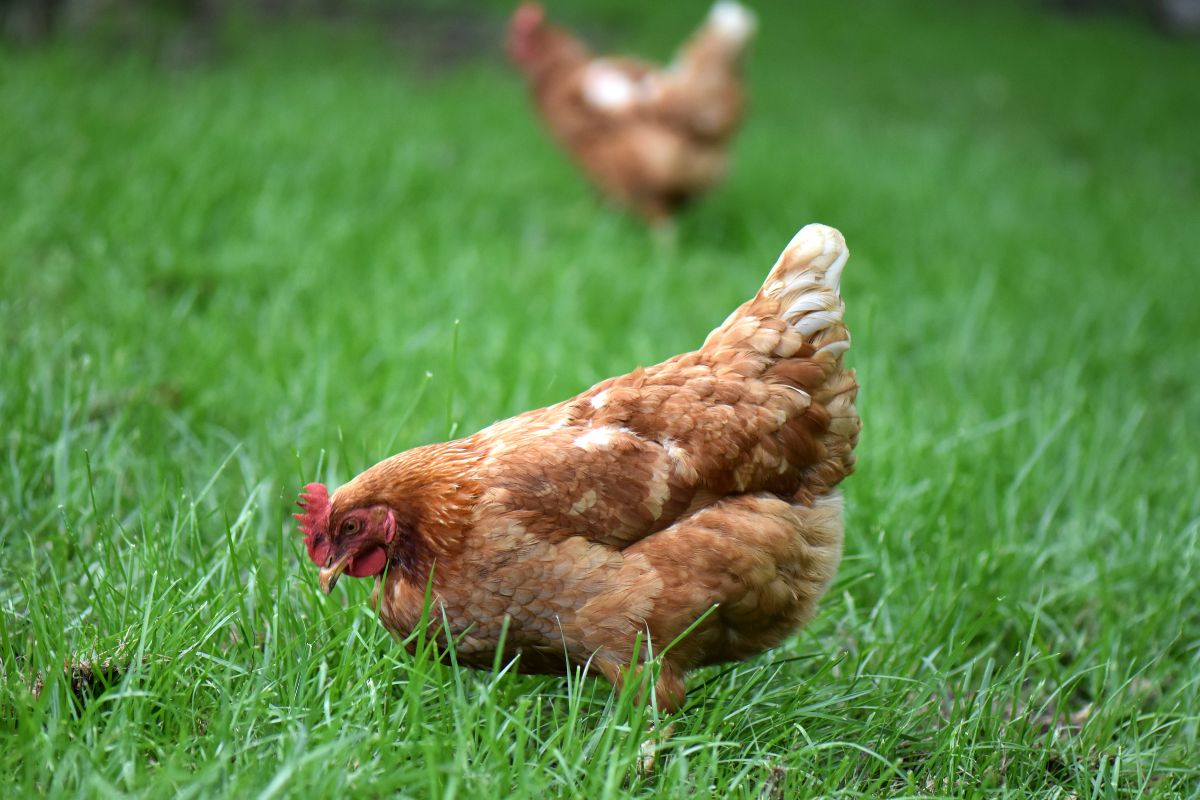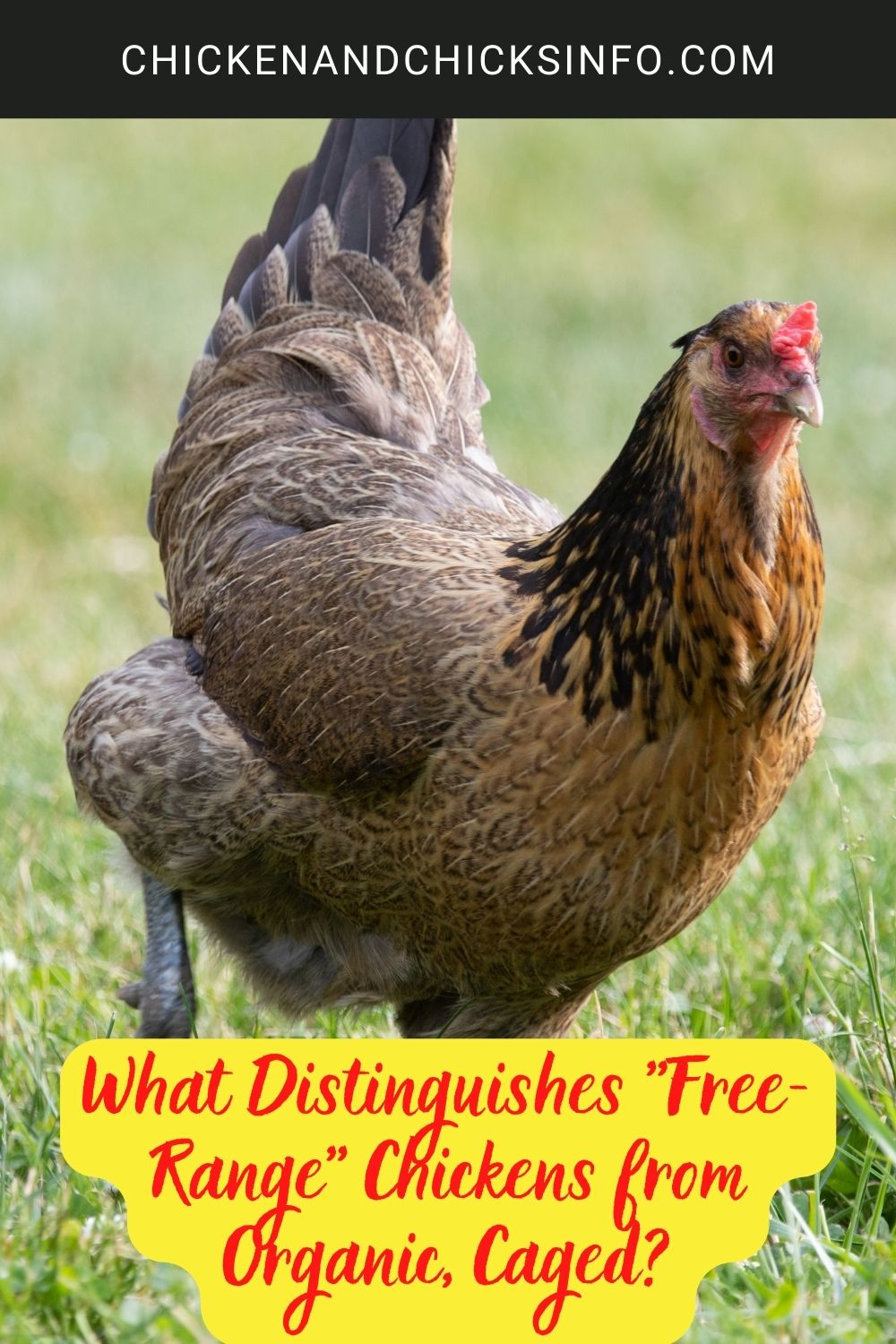
The term “free-range”, according to the U.S. Department of Agriculture (USDA), can be used for chickens that have access to the outdoors for some part of their day. This is what distinguishes free-range chickens from caged, enclosed, or battery hens.
Jump to:
What Defines Free Range Chicken?
We all know what “free-range” means, right? It means what it sounds like, chickens that have the freedom to free-range, or in other words; roam about of their own free will.
When it comes to labeling chicken as free-range, however, it’s important to know that the bird really was free-range.
Interestingly, the laws and guidelines around whether or not chicken can be labeled as free-range vary a good deal across the world.
In the U.S. according to the National Chicken Council, there is no federal government definition of “free-range”.
Meaning, the USDA approves poultry labeled as such on a case-by-case basis. Although, poultry farms will have to prove their birds have access to the outdoors, of course.
In the UK, to be certified as free-range chicken, birds must meet certain legal requirements. Namely, chickens must:
- Have a defined amount of space; a maximum of 13 chickens per sq meter
- Be at least 56 days old before being slaughtered
- Have outdoors access for at least half of their lifetime
- Have access to vegetation when roaming outdoors
If a hen is indoors for more than 12 weeks in the UK, they lose their free-range status. This became an reality back in 2016 when an outbreak of avian flu forced hens indoors.
What Are Free Range Chickens Fed?

Both free range and enclosed chickens are fed a commercial feed fortified with vitamins and minerals.
Chickens are natural foragers and omnivores, however. Given the space to roam, they will find and eat just about anything that moves and have a nibble on most plants too.
Insects provide an excellent source of vitamins, minerals, and protein. Studies have shown that free-range chickens are - generally speaking - healthier and have better quality meat.
They scored higher for the condition of their feathers, beneficial gut bacteria, walking, were lower in fat, and their meat was higher in protein. All the things you would associate with a happy chook being able to graze and scratch around outdoors!
Related - Want to let your chickens roam free-range? Read this to make sure they come back at night.
What's the Difference Between Free Range and Organic Chicken?
The terms “free-range” and “organic” are often confused, and I even see them being used interchangeably at times. Yet, they mean two very different things.
I’ve explained what free-range means already, and the nuances surrounding how farmers can call their poultry free-range.
Organic, on the other hand, is more of an overall approach to raising chickens. It’s an ethos, where organic farmers use a complete production system revolving around organic farming methods.
This means access to the outdoors year-around, exercise areas, good sleeping conditions, and most importantly they are fed organic chicken feed and not treated with antibiotics.
Organic chickens are raised in very similar conditions to backyard chicken keepers raise their chickens. With some care and attention, like pets not just vessels for meat and eggs.
The main difference is the feed they’re fed and the fact that they are just being raised for meat and/or eggs.
Related - Are organic chickens fed soy?
Differences Between Free-Range Eggs vs Caged Eggs vs Pasture-Raised Eggs

Again, in the U.S. there are no strict definitions for what cage-free, pasture-raised, and free-range eggs are.
They do mean the hens are kept in different conditions, however. Here are the key differences between
Caged Eggs - This is one of the most controversial terms in the poultry world. Caged or factory-farmed hens are kept in small cages for the sole purpose of producing as many eggs as possible.
This keeps costs down, but there is no denying it’s a cruel and inhumane way to keep hens. I for one, am adamantly against it. Plus, the quality of the eggs suffer. You’re doing yourself an injustice too by eating battery hen eggs.
Free-Range Eggs - Free-range eggs are from hens that live the same as free-range lifestyle as I explained above.
Again, there is no set standard. It does mean that the hens were not in cages though, which is awesome. They were able to at least be outside for some time in the day and had much better living conditions.
Pasture-raised Eggs - If you’ve spotted a label on an egg box stating that the eggs are from “pasture-raised” chickens, this means those hens had access to graze on pastures.
A pasture is land covered with grass and other vegetation that is suitable for grazing animals. Knowing how much chickens - and most animals - enjoy spending their days’ grazing and foraging, this makes me happy to think chickens had that freedom.
Much like free-range eggs, the eggs from pasture-raised chickens taste a lot better than caged eggs too. I don’t know what the price difference is where you live, but it’s worth every penny.
In Summary
Hopefully, I’ve helped clear up the differences between free-range, organic, caged, pasture-raised, and other industry terminology that’s used to classify how the meat and eggs from hens we eat were raised.
From an environmental and welfare perspective, there’s no question that free, organic, and pasture-raised chickens are the happiest and healthiest chickens.
The meat and eggs from chickens given space to roam, better quality food, and better living conditions also taste better and are better for us.
My stance - support your local organic, free-range, and pasture-raised farms as much you can. I do.
Resources
What does ‘free-range’ actually mean? It’s complicated - The Guardian





